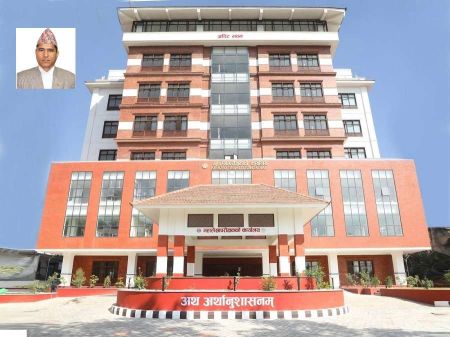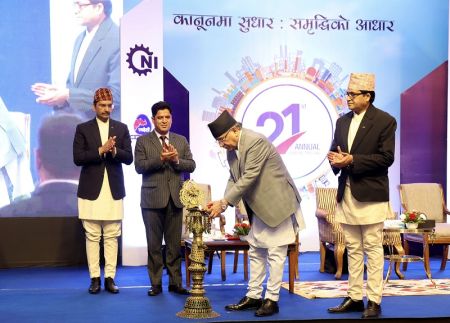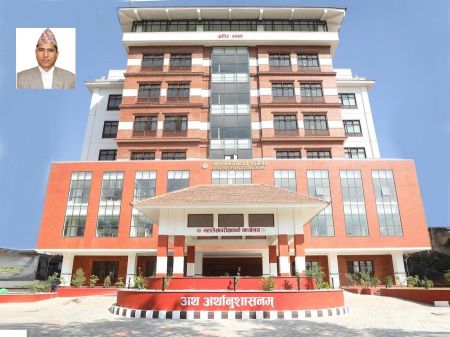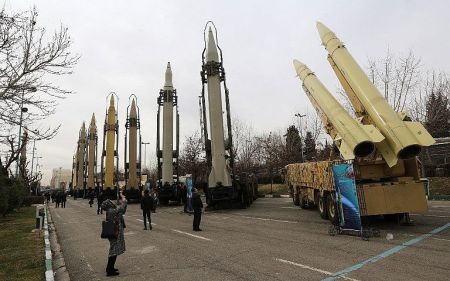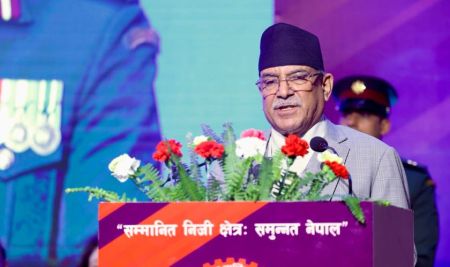.JPG)
--By Madan Lamsal
The factory is a well-defined term. Its productivity is easily computable and output targets are set well in advance. Nepal's education system fits well in all these definitions. A producer of consumables gives time-bound as well as quantitative production and sales targets to its production, sales and marketing managers. Exactly analogous to this is: our all 'reputed' privateschools and colleges set a number of targets to different stakeholders that leaves little difference between the manicuring unit and the education system.Accountants have fee collection targets, teachers are given success-rate targets, and students are given scoring targets on the basis of homework targets given to their parents, in addition to the spending targets they have to shoulder.
No sooner SLC results are announced, every college in any corner of town would entice you with a promise to make your adolescent offspring anEinstein, Columbus or Clinton. The ease for the parent is that they can trust the very name of the colleges which one would produce what type of 'great' personality.
These modern colleges have vowed to produce engineers or doctors too, but not the social scientist, lawyer, journalist, teacher, artists or politician. Surely, they would produce enough Miss Nepal. If any parent fails to admit his or her kid to one of these great sounding institutions, they feel deeply deprived. But these colleges are not selfish. To make sure that their government-run counterparts also get some benefits of running their 'factory', they reject the admission of many students on several grounds -- parents fail to pass the test or they cannot surrender a hefty purse in the name of donations or special charges.
These colleges are true business organizations. For the same reason, government has made mandatory to all private schools and colleges to register under the Company Registrar's Office. When the contribution of manufacturing factories to GDP has reduced to meagre six percent, if calculated well, the contribution of the education factory would definitely be far larger than this. When the economy is concerned about the rapidly declining exports, the productions of these education factories are readily exportable to the USA, UK, Canada, Japan, Australia as well as to Scandinavian, Nordic or East Asian countries. Only difference is that these exports are reducing our forex reserves and becoming reliable channels for capital flight. This is indeed a great value-added export.
The multiplier effect of the education factory with backward forward linkages is immense. They are helping to raise the Nepali living standard by using everything that is imported. Course books, school bags, classy dress, pens and copies; everything you name it. Many a times, even teachers are imported. These great schools are big market for things that are expensive -- heroin, brown sugar or white sniffing powder, leave alone 'energy' drinks.
The country pays some four billion rupees just for TOEFL and IELTS tests. Thanks to the means of realizing dreams explained to their students by these colleges. The success of these schools is not necessarily reflected in the mark-sheets. You can rather check it whether the hairstyle of your kid reflects that of Ronaldo, Messi or Alia Bhatt. If it does, it is your achievement. If he demands for an electric guitar it is real stellar.
When you run a factory, the only motto is profit. No doubt, these colleges also make a big profit and work towards the capital formation. If you detect a dozen tallest skyscrapers in the city skyline, half of them are certain to be the college buildings. One of the ways to earn profit is to cut expenses. You can only do that by compromising on quality on every possible area. Therefore, please do not complain about the quality of our educational output. After all,a factory is all about mass production.










